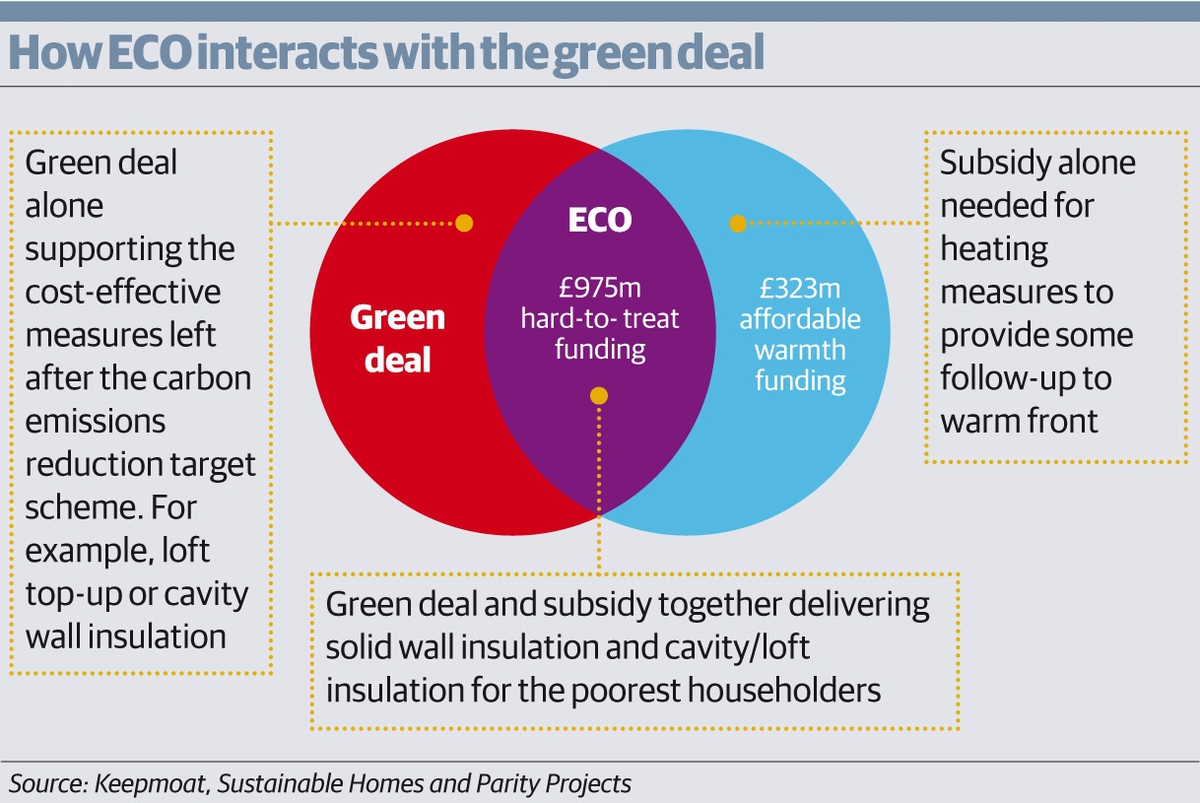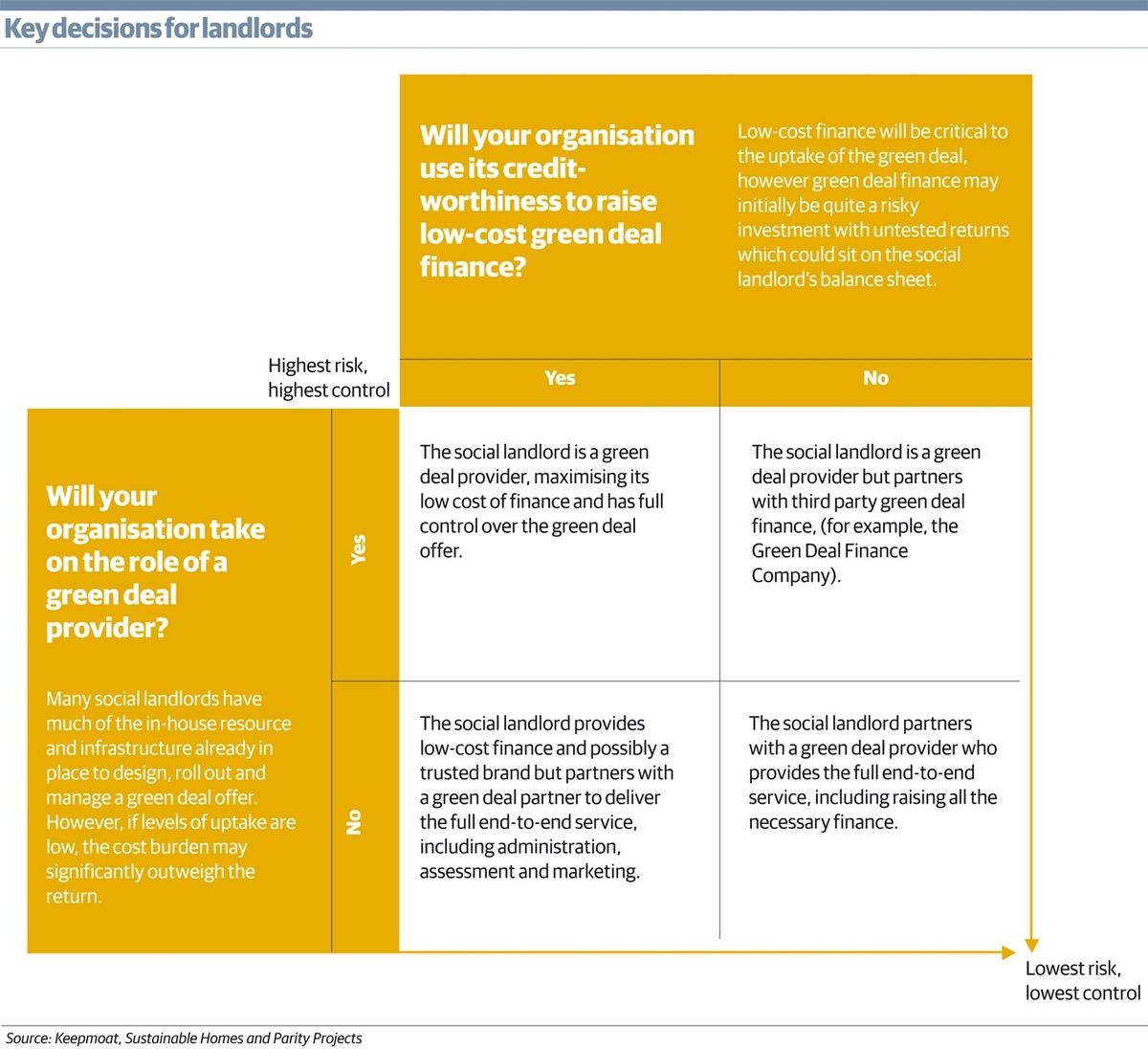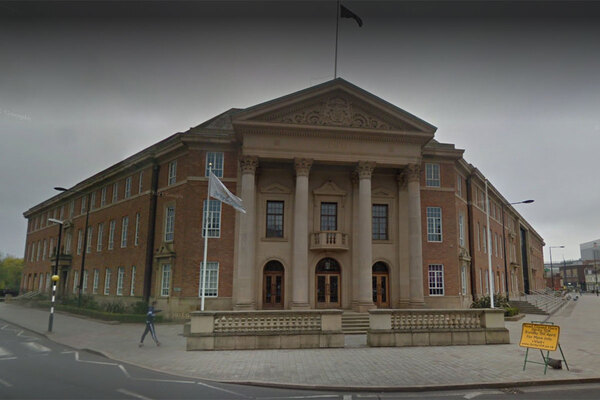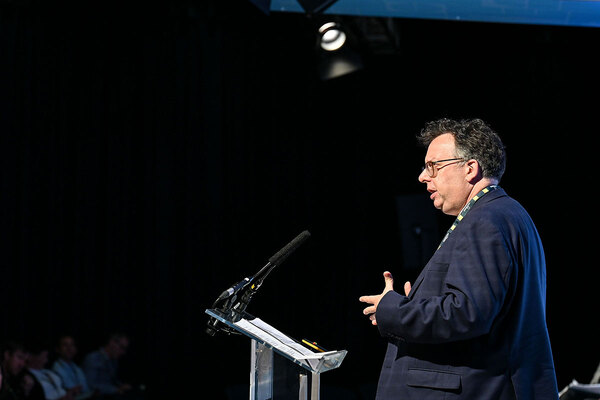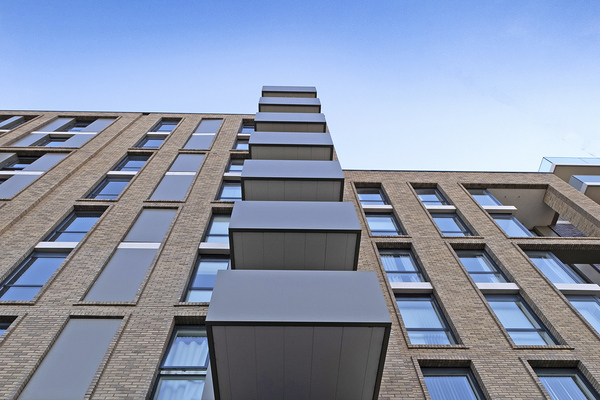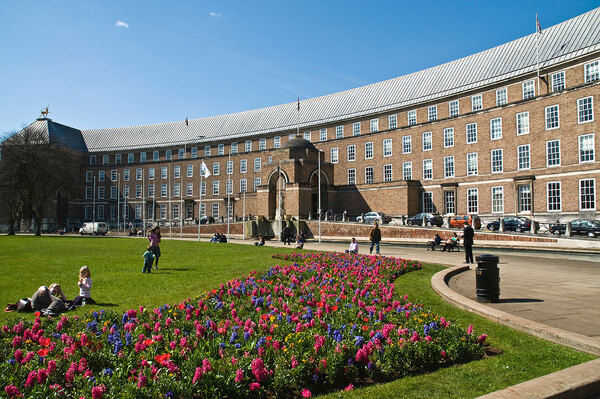The green deal dilemma
The exclusion of social landlords from key fuel poverty funds leaves a weak business case for the green deal, as Nick Duxbury discovers
‘The green deal is a massive business opportunity for firms up and down Britain, helping to power the economy and creating jobs. From one man bands and local authorities, to the big supermarkets and DIY stores, we want as many providers getting involved as possible because that’s what will give consumers the best deal.’
These were the words of Chris Huhne, secretary of state for energy and climate change, speaking at the launch of the consultation document outlining the long-awaited details on the green deal, the government’s multi-billion pound flagship retrofit scheme, two weeks ago.
His ambitions for the green deal are clear: 14 million homes are to be fitted with energy-efficiency measures by 2020 at no upfront cost to consumers, but paid for instead by a huge private sector market in which green deal providers finance retrofit works, the cost of which is paid back through energy bills. Mr Huhne has also made it clear that he sees social landlords, with their ability to retrofit at scale, as integral to ensuring the success of the scheme when it kicks off in October next year.
So now that landlords and contractors have the eagerly anticipated, and much delayed, detail they have been waiting for, is the business case strong enough to attract them to take up Mr Huhne’s green deal, either as providers or in partnership with providers on behalf of their tenants?
Would-be green deal providers have just six weeks to respond to the consultation document plus 18 accompanying documents weighing in at a hefty 2,000 pages. Few have fully digested the contents yet - but already, social landlords are warning that, in its present state, the green deal will not work effectively for the sector and may not be as lucrative as some had hoped.
There are several reasons for this. First, because landlords will have only very limited access to the £1.3 billion a year energy company obligation funding - a subsidy taken from consumer’s fuel bills. Second, because of a regulatory burden that landlords warn will add previously unexpected costs to becoming a green deal provider. And third, because of a lack of detail around the costs involved.
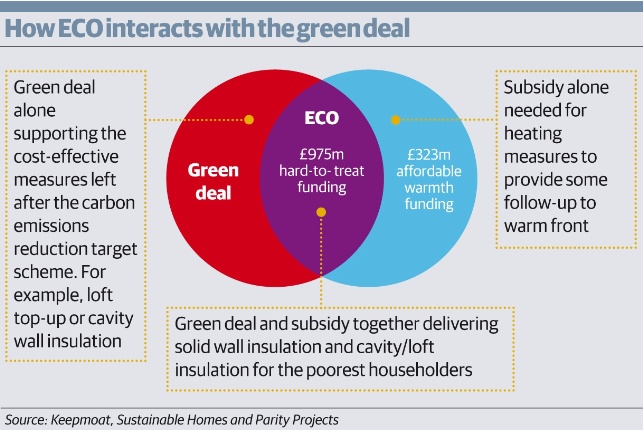
As Inside Housing revealed, social landlords are to be excluded from the £323 million affordable warmth funding pot of ECO - used to tackle fuel poverty (14 October). They will also struggle to make use of the £975 million hard-to-treat pot of ECO because it is focused on insulating solid wall properties, of which there are relatively few in social housing stock.
Last week Jeremy Cape, investment director at housing association Affinity Sutton, described the exclusion from affordable warmth as ‘a kick in the teeth’ and warned that there is not enough ECO available to social landlords to encourage them to take up the green deal.
He should know; the 56,000 home landlord is among a handful looking hard at the green deal as a business opportunity. Furthermore it has carried out research that showed nearly half the measures carried out on social housing stock would need to be subsidised with ECO funding because social homes are more efficient than those in the private sector.
This is a major hurdle and Inside Housing’s Green Light campaign is calling for landlords to be given equal access to ECO. But there are other concerns that are also making landlords reconsider whether they want to become green deal providers or just work with partners. Andrew Eagles, managing director of Sustainable Homes, points to the ‘considerable bureaucracy landlords must come to terms with’ as a reason for this.
He is referring to the financial and administrative demands on becoming a green deal provider such as gaining accreditation for financiers and installers and the legal costs of establishing supply frameworks - very little of which is costed out in the consultation. The lack of financial detail is frustrating some organisations.
Places for People has been examining green deal provider models for some time. But Nicholas Doyle, project director at the 62,034-home association, says it is not close to making a decision. ‘If we want to get into this then we need the cost of accreditation and assessments - there are 14 separate frameworks to consider - half of which are a cost to green deal providers,’ he says. ‘These are slim margins we are talking about.’
Richard Griffiths, business development manager at eco-consultancy Parity Projects, says the costs involved mean only larger associations will have enough stock to make becoming a green deal provider cost effective.
The size and scale of the market and cost of finance will help address the balance between income and cost. But the social housing market looks small at the moment. Mr Griffiths says that while there are a handful of organisations pushing hard to make the green deal work, the majority are not. ‘There is only a small handful of landlords considering hard whether to become green deal providers,’ he says. ‘Most are only vaguely aware of the detail of the green deal [and what they should be doing to prepare].’
Nigel Banks, head of energy and sustainable solutions at contractor Keepmoat, also says he is seeing landlords’ green deal appetites reduce in light of the new costs. ‘People are moving away from wanting to be a [green deal] provider to seeing how they can manage risk and protect their tenants; people are asking whether the green deal will actually finance anything their tenants need.’
However, Mr Banks says Keepmoat is still keen to become a green deal provider and has been in talks with potential partners including local authorities and other social landlords. ‘We think working with a registered provider is the way forward. We have been working on plans for some time and think their trusted brands are key to getting uptake.’
Similarly, David Adams, head of retrofit at contractor Willmott Dixon, is confident there is a workable model in the consultation. ‘It is still too early to describe the opportunity. The numbers aren’t exactly jumping out of the pages right now. Some [companies] will give up. But once business models emerge from three or four companies they will be quickly replicated.’
Mr Huhne will certainly hope so.
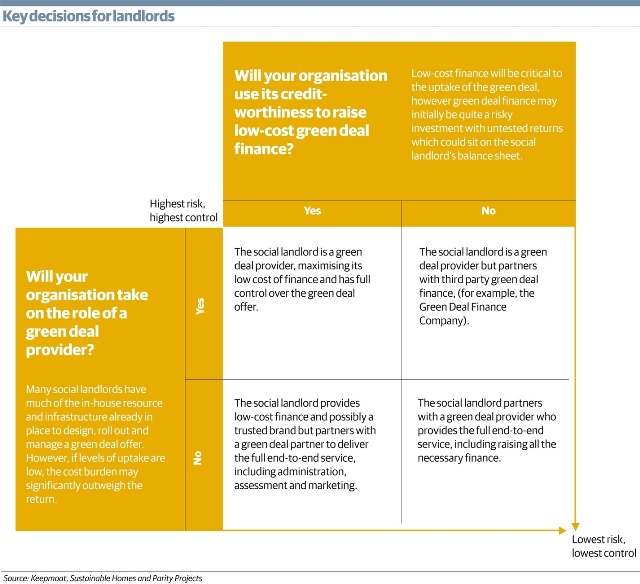
In numbers: how much ECO landlords need and what they will get
£1.3 billion
annual energy company obligation funding split between a hard-to-treat pot (75 per cent) and an affordable warmth pot (25 per cent)
25,000 to 50,000
the number of the UK’s 5 million social homes that will benefit from ECO for solid wall insulation each year, according to consultancy Camco
£3,000
funding gap per home between net cost of works and value of energy savings, equating to £130 million across Affinity Sutton’s 56,000 homes, according to results from its Future Fit retrofit pilot project
26 per cent
carbon black hole left by shortfall of ECO funding across Affinity Sutton’s housing stock, according to results from its Future Fit retrofit project
